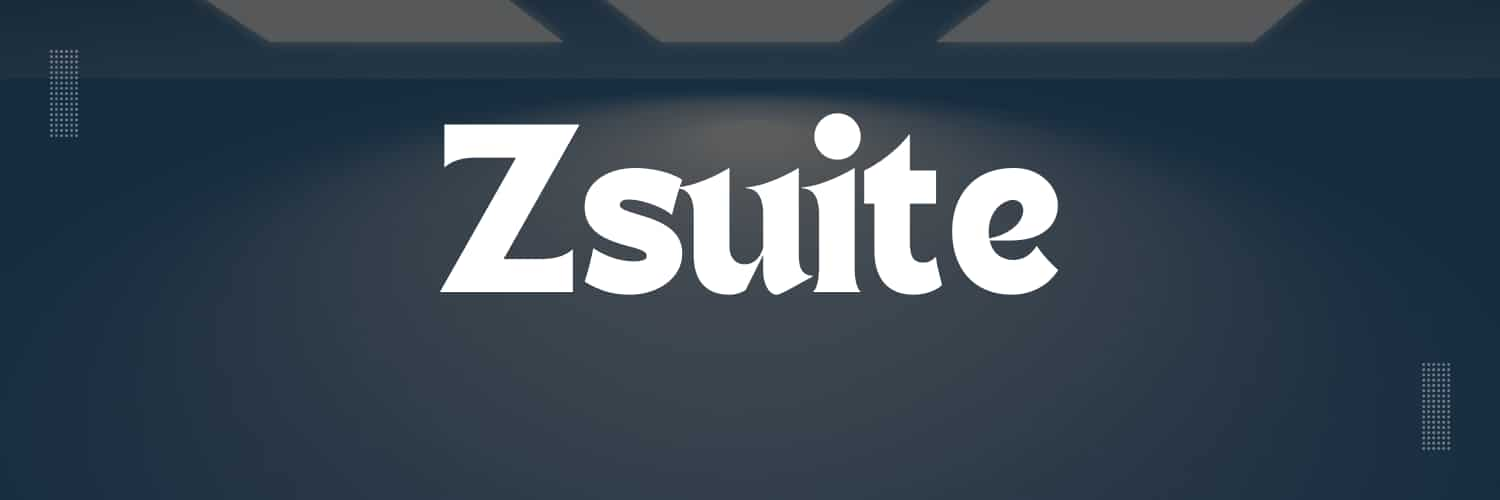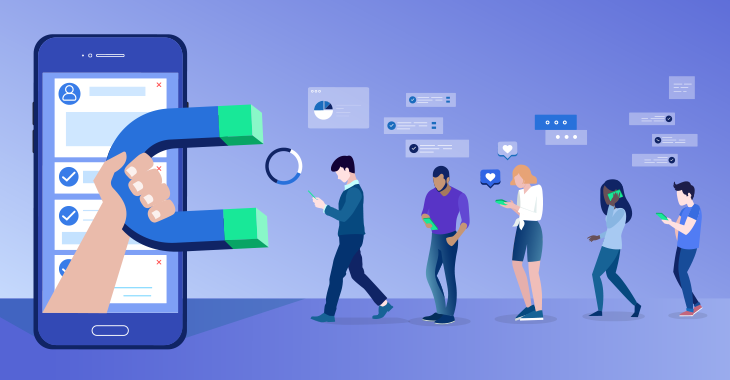The most insidious challenge facing SaaS companies isn’t acquiring customers—it’s keeping them. The best sales team can onboard hundreds of customers monthly, yet if those customers don’t engage consistently, churn erodes growth faster than acquisition builds it. A mere 5% improvement in retention rates can increase profitability by 25-95%, yet most SaaS companies focus disproportionate effort on acquisition rather than retention.
The fundamental mistake lies in treating retention as a product problem when it’s predominantly a psychology problem. Customers don’t churn because software is technically deficient—modern SaaS products are remarkably similar in capability. They churn because engagement isn’t habitual, they don’t see themselves in the product’s narrative, they feel they’re making a risky decision by staying, or they lack emotional connection to success. These are psychological, not technical, problems.
Understanding and leveraging behavioral psychology transforms SaaS retention from guesswork into predictable, measurable improvement. The companies excelling at retention—Duolingo, Salesforce, HubSpot, Figma—don’t do so by accident. They systematically apply psychological principles that have been research-validated for decades. For SaaS companies seeking to reduce churn and maximize customer lifetime value, understanding this psychology is foundational.
The Foundation: BJ Fogg’s Behavior Model
Stanford researcher BJ Fogg developed a framework explaining why people adopt new behaviors: B = MAP, where Behavior requires Motivation, Ability, and a Prompt converging simultaneously.
Motivation represents why someone should engage. This is particularly interesting because extrinsic motivation (external rewards like points or badges) often undermines long-term engagement, while intrinsic motivation (personal achievement, meaningful outcomes) drives sustained behavior.
Many SaaS companies misunderstand this, creating gamified experiences with badges and points expecting users to engage. Research shows these superficial rewards work short-term but fail to create lasting habits because users aren’t intrinsically motivated—they’re externally driven. Once the rewards disappear, engagement collapses.
Ability addresses whether users can succeed. Complex onboarding, confusing workflows, or steep learning curves aren’t motivational failures—they’re ability failures. Users want to engage but can’t. Users are 40% more likely to complete tasks when progress bars are present, reducing cognitive load and showing tangible progress.
Prompt is the trigger nudging behavior—notifications, visual cues, emails. Critically, prompts only trigger behavior when motivation and ability align. A perfectly-timed email about a new feature drives engagement only if users are motivated to use that feature and capable of accessing it easily.
Why Motivation Fails: The Narrative Dimension
Humans understand themselves through narrative. We create stories about our capabilities, potential, and place in the world. When a SaaS product aligns with users’ personal narratives—helping them become the person they aspire to be—engagement deepens. When it doesn’t, users feel external obligation rather than internal drive.
Loss Aversion and Narrative Framing
Behavioral economics established that humans are more motivated by avoiding loss than acquiring gain. A product framed as “preventing problems” creates stronger motivation than one framed as “enabling benefits,” even when communicating identical value.
Productivity software illustrates this perfectly. Rather than advertising “increase productivity by 30%,” successful positioning uses loss framing: “Never lose track of what matters” or “Prevent projects from falling through the cracks.” The second narrative triggers deeper emotional engagement because it speaks to preventing failure—more motivating than achieving success.
Superhuman, the email client, mastered this psychology with scarcity and loss aversion. By making access invite-only and creating a 450,000-person waiting list, the company triggered fear of missing out. Users didn’t just want email software—they wanted to be part of something exclusive. The narrative shifted from “email client” to “elite performer’s tool,” activating powerful motivational forces.
Social Proof and Narrative Validation
Humans validate their choices against what others do. Social proof—seeing respected peers or authorities using something—provides reassurance that a choice is correct. SaaS companies leveraging this principle prominently display customer logos, testimonials, and usage statistics, helping prospects see themselves reflected in other users’ success.
HubSpot features recognizable client logos prominently, allowing prospects to think “companies I respect use HubSpot, so I should too.” This validation-through-association amplifies initial motivation.
Habit Formation: Building Ritual into Product
The goal of SaaS engagement isn’t occasional use—it’s habit formation. Habits require three elements: routine (consistent behaviors), reward (outcome reinforcing behavior), and cue (trigger initiating routine).
Duolingo exemplifies habit-formation design. The app’s streak system creates routine (“complete one lesson daily”), provides multiple reward types (points, streak preservation, progress visualization), and delivers consistent cues (notifications, streak alerts). Users report emotional distress when risking streak loss—the habit has become psychologically entrenched.
Variable Rewards and the Dopamine System
B.F. Skinner’s research on operant conditioning revealed that variable ratio reinforcement—unpredictable rewards—creates stronger behavioral patterns than predictable rewards. Slot machines exploit this principle relentlessly; SaaS companies leverage it more subtly through gamification.
Duolingo rewards users with varying XP amounts based on performance, creating unpredictability. Users don’t know exactly how much XP they’ll earn, but they know consistent engagement yields accumulating benefits. This uncertainty keeps users engaged more effectively than guaranteed rewards.
However, this creates an ethical consideration. Successful SaaS companies distinguish between ethical variable rewards (highlighting genuine achievements) and predatory variable rewards (exploiting dopamine systems to create compulsive behavior). The former deepens product value; the latter generates resentment.
Cognitive Load Theory: Simplifying Complex Behavior Change
When introducing new behavior, cognitive load theory indicates working memory can only process limited information simultaneously. Onboarding experiences overwhelming users with features, options, and complexity face high drop-off.
Canva demonstrates this principle. Rather than requiring users to design from scratch (high cognitive load), Canva provides templates, reducing load by 80%. Users learn features naturally through template usage rather than formal training. This cognitive load reduction is why Canva onboarding converts so effectively.
The implication: effective retention strategies don’t increase feature count—they reduce cognitive burden of adoption. Every interaction should answer “What do I do next?” clearly.
Flow State: The Optimal Engagement Zone
Mihaly Csikszentmihalyi’s research on flow states identifies the optimal engagement condition: when challenge level matches skill level, people enter flow—complete immersion in meaningful activity.
Too-easy tasks bore users; too-hard tasks frustrate them. SaaS products maintaining flow require progressive difficulty matching skill development. Games like League of Legends maintain engagement across enormous skill ranges through ranked systems matching players to appropriate challenge levels.
Importantly, flow isn’t about constant rewards—it’s about meaningful challenges at the edge of current capability. When product difficulty adapts to user skill progression, engagement naturally deepens.
Switching Costs: Structural and Psychological Retention
Beyond engagement motivation, SaaS retention depends on switching costs—barriers making customers hesitant to leave regardless of motivation issues.
Strategic Switching Costs Include:
Data Lock-In: Box and Dropbox price based on storage volume, encouraging data accumulation. As customers store terabytes, migration to competitors becomes technically daunting. 47% of enterprises cite data migration as a significant barrier to switching.
Integration Depth: Salesforce offers API access incentives at higher tiers, encouraging deep integration. Enterprises with 10+ Salesforce integrations show 40% lower churn compared to minimal integration.
Temporal Lock-In: Long-term contracts with discounts create immediate financial lock-in while providing time for deep adoption. Adobe’s 40% discounts for three-year contracts secure revenue and provide adoption runway simultaneously.
Critically, switching costs reveal a psychological distinction: calculative loyalty (customers staying due to high switching costs) differs fundamentally from affective loyalty (emotional connection and satisfaction). Calculative loyalty is fragile—dissatisfied customers actively seek alternatives, often switching when competitors reduce switching barriers.
Community and Belonging: The Durable Retention Moat
Social belonging fulfills fundamental human needs. Communities built around products create network effects that dramatically increase switching costs emotionally rather than structurally.
Salesforce’s Trailblazer Community (4 million members), Figma’s design community sharing templates and expertise, and Atlassian’s user groups create belonging transcending transactional relationships. Users aren’t just customers—they’re members of a community.
This community effect is particularly powerful because it’s self-reinforcing: as communities grow, member value increases (access to larger peer networks), making individual departure less attractive.
The Onboarding Psychology: Getting to Aha! Moments
Onboarding determines whether initial motivation persists into habit formation.
Key Onboarding Principles:
Visualizing Success: Rather than listing features, effective onboarding shows users what successful outcomes look like. Wave (invoicing software) immediately communicates “Get paid 3x faster,” helping users envision their future state. This intrinsic motivation (“I’ll get paid faster”) outperforms extrinsic motivation (“Complete onboarding for a badge”).
Personalizing Experience: Evernote asks why users want to take notes, then shows customized templates. This personalization signals that the product understands individual needs rather than treating everyone identically. Personalization increases intrinsic motivation by 40-60%.
Reducing Cognitive Load: Canva removes the cognitive burden of designing from scratch through templates. Users succeed immediately despite lacking design skills, building confidence and engagement.
Progress Visualization: Progress bars showing onboarding completion reduce cognitive load about “how much remains” and provide achievement signals. Users seeing progress bars have 40% higher completion rates.
Feature Adoption Patterns: Beyond Activation to Stickiness
Acquiring users matters less than creating power users. Feature adoption drives stickiness—users leveraging multiple features experience far higher retention than those using single features.
Spotify discovered that users engaging with playlist creation and discovery features had dramatically higher retention. This insight led to Discover Weekly, a feature directly addressing discovered usage patterns and dramatically boosting engagement.
Similarly, Intercom identified features correlating with retention, then created campaigns guiding underutilizing users toward those sticky features. This data-driven approach transforms feature development from guesswork into retention strategy.
Psychological Switching Barriers: Confident Customers Don’t Leave
A critical insight: satisfied customers leave regularly; confident customers rarely do. The distinction matters profoundly.
Satisfaction measures contentment with past performance. Confidence measures belief in future outcomes—that continuing the relationship will solve problems and enable success.
Building confidence requires three psychological elements:
Trust: Demonstrated reliability creates psychological security. Support teams that consistently resolve issues, products that never fail when critical, and customer success teams that genuinely support customers build this trust.
Competence: Customers feeling competent using the product become more emotionally invested. Successful onboarding, clear progress visibility, and supportive community create competence.
Efficacy: Evidence that using the product generates meaningful results (“Our revenue improved 23% after implementing this”) creates belief in continued success.
Implementation: Psychological Retention Architecture
Effective retention strategies systematize psychological principles:
Map User Narratives: Understand how target customers see themselves. What problems define them? What future versions do they aspire to become? Align product narrative to this aspiration.
Quantify Motivation Drivers: Use surveys and interviews identifying what specifically motivates different user segments. Generic gamification fails because different personas have different intrinsic motivations.
Reduce Ability Friction: Conduct friction audits. Where do users struggle? Remove obstacles. Every step removed increases adoption 20-40%.
Design Strategic Prompts: Identify moments when users are most likely to engage. Deliver prompts at these moments connecting to user motivation.
Implement Data-Driven Feature Strategy: Track which features correlate with retention. Create campaigns nudging underutilizing users toward sticky features. Prioritize feature development around retention data.
Build Community: Invest in user communities, peer forums, and social features. Network effects from community create durable competitive advantage.
Segment Retention Strategy: Different user types require different retention approaches. Enterprise customers often need proactive success management; SMB customers need self-service resources and community access.
SaaS retention transforms from mystery to predictability when grounded in behavioral psychology. The companies excelling at retention don’t employ magic—they systematically apply research-validated principles about human motivation, habit formation, cognitive load, and community belonging.
Customers don’t stay because software is marginally better. They stay because using it is habitual, they see themselves reflected in success stories, they’ve invested time in the product ecosystem, they’re part of meaningful communities, they feel confident in continued success, and switching feels risky and uncomfortable.
These psychological drivers can be intentionally designed, measured, and optimized. Organizations treating retention as a psychology problem rather than a product problem will dramatically outperform competitors treating it as an afterthought.
In competitive SaaS markets where acquisition costs continue rising, the real growth lever isn’t finding more customers—it’s understanding and leveraging the psychology that transforms customers into retention assetsn assets.

